 TALLAHASSEE, Fla. (AP) _ Trial judges are being required by the Florida Supreme Court to instruct jurors on factors such as race and familiarity that should be considered when evaluating the accuracy of eyewitness identifications, the leading cause of wrongful convictions.
TALLAHASSEE, Fla. (AP) _ Trial judges are being required by the Florida Supreme Court to instruct jurors on factors such as race and familiarity that should be considered when evaluating the accuracy of eyewitness identifications, the leading cause of wrongful convictions.
The seven justices unanimously adopted the new jury instruction on Wednesday. It's opposed by some prosecutors, who say judges shouldn't be commenting on evidence, as well as advocates for the wrongly convicted, who say it's too weak.
Judges will be required to tell jurors to consider whether witnesses are of the same race or ethnic group as those they are identifying, how familiar they are with people they are identifying and whether they relied solely on their own recollection or have been influenced in some way.
Another factor is the capacity and opportunity of a witness to observe a suspect including length of time, lighting and distance. Jurors also will be told to consider how much time has gone by since an event before identifications are made and any inconsistencies by witnesses.
The rule was proposed by the Supreme Court Committee on Standard Jury Instructions in Criminal Cases.
The Innocence Project of Florida, which has helped free wrongly convicted inmates through DNA testing, contended in comments filed with the high court that the instruction fails to reflect scientific understanding of how to properly asses the reliability of eyewitness identifications. It had urged the justices to ask for a more robust rule or appoint a special master to hear evidence on how it could be strengthened.
The group wrote that the instruction neither warns “the jury of the dangers inherent in eyewitness evidence'' nor does it “provide any comprehensive guidance on how jurors weigh certain factors.''
The justices, though, wrote that they aren't expressing an opinion on the instruction's correctness nor are they stopping additional or alternative instructions.
The Innocence Project commended the committee for adding the racial factor, which was not part of its original proposal, but says it fears most jurors still won't understand how to weigh cross-race identification.
“Thus, the committee's proposal on this factor should be enhanced to provide guidance to a jury informing them that the eyewitness and the subject being of a different race significantly decreases the accuracy of identifications,'' the group wrote.
Two committee members, both prosecutors, submitted a minority report contending the instruction violates case and statutory law and will require judges to abandon their neutral positions by reiterating evidence presented by one side.
“The neutrality of the judicial process is of upmost importance and should not be sacrificed on the altar of seeking perfection,'' wrote Assistant State Attorneys Richard Combs of Quincy and Brian Iten of Bradenton.
They argued the problem of mistaken witness identifications could be better addressed by educating defense lawyers on the subject.

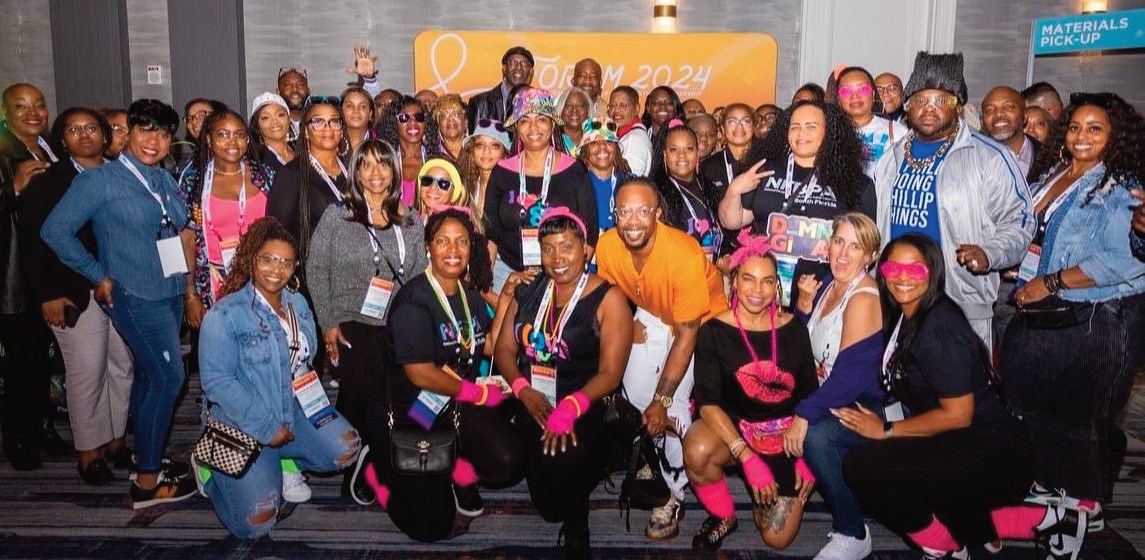
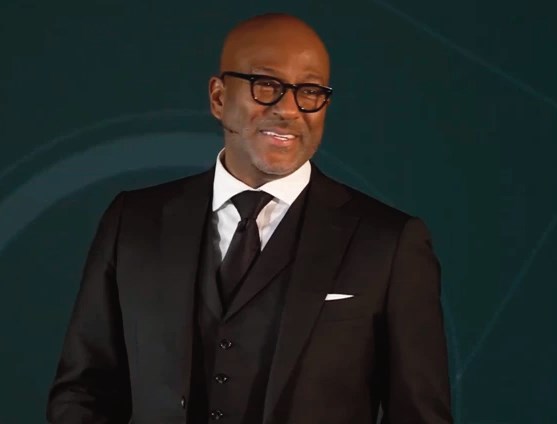
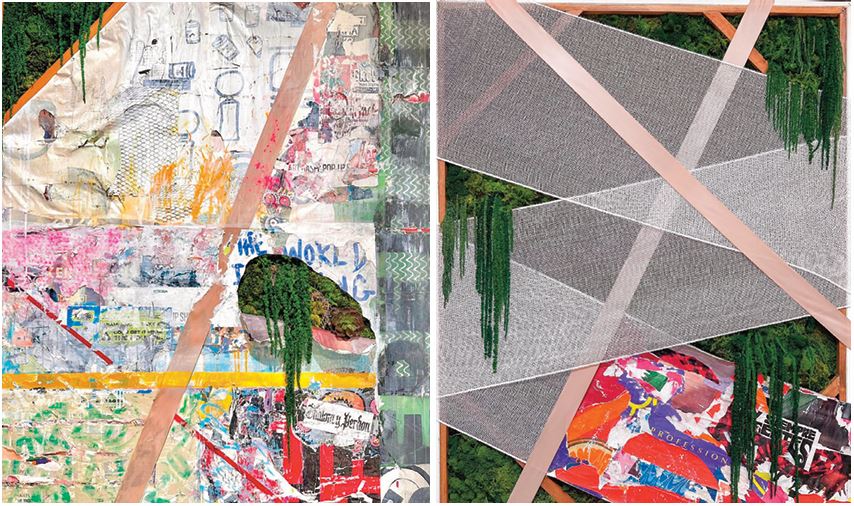

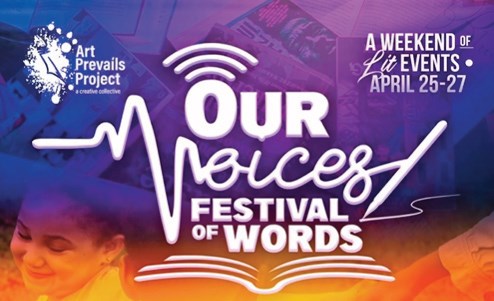
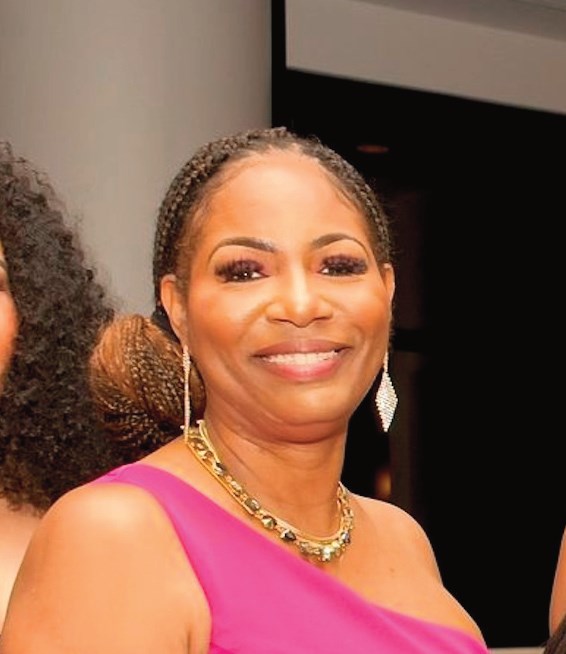
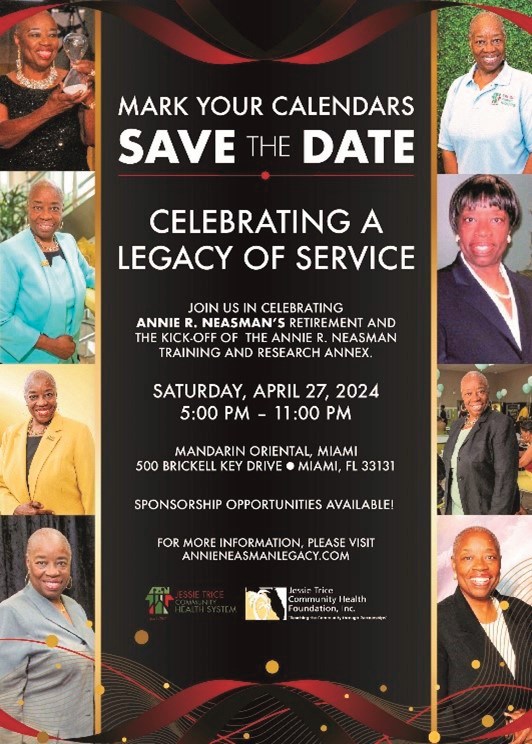
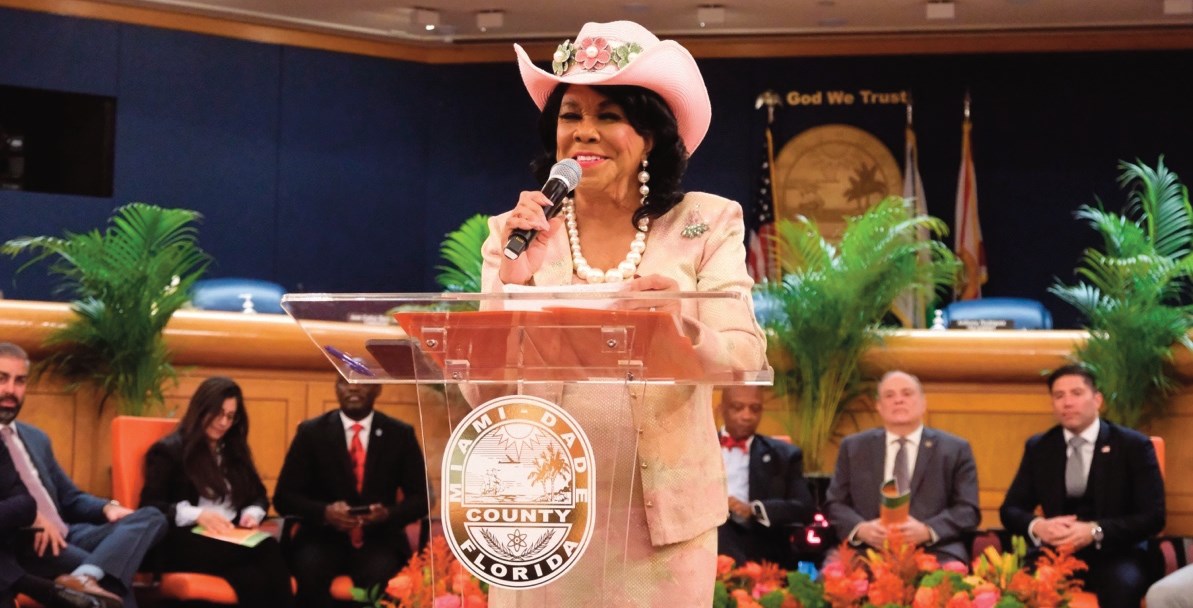



No Comment